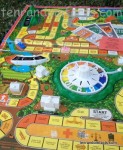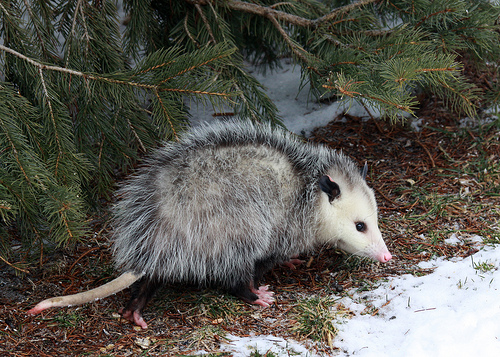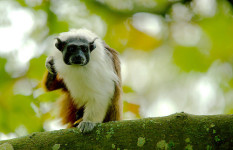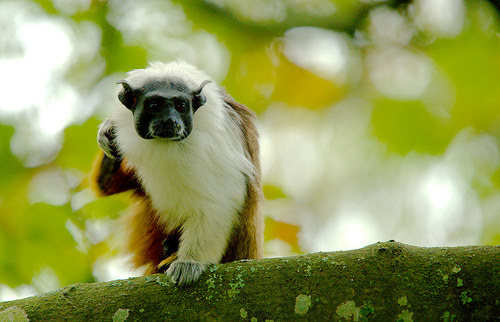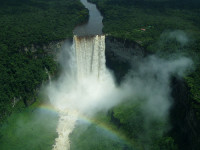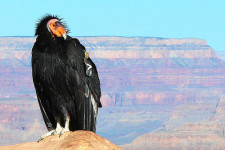
California condors are birds of the past that have been rebirthed into the present.
- California condors are a vulture species native to North America’s forest, cliff, savannah and shrub habitats.
- The scientific name of a California condor is Gymnogyps californianus and it is from the family Cathartidae, the family of New World vultures.
- The wingspan of a California condor reaches 2.7 to 3 metres (9 to 10 feet) in width, the largest wingspan of any North American bird, and the bird can grow to a length of 1.1 to 1.4 metres (3.5 to 4.5 feet) and generally weighs between 8 to 14 kilograms (18 to 31 pounds), making it also the largest flying bird in North America.
- The feathers of a California condor are mostly coloured black, with some underwing feathers coloured white, while the neck and head is bare and a pink to red colour.
- California condors are scavengers in nature, feeding on dead animals like rabbits, livestock, deer, whales and fish, among others.
California Condor
Image courtesy of George Kathy Klinich/Flickr
- Due to having little or no sense of smell, California condors depend on their eyesight, or their observation of eagles and other vultures, to lead them to food.
- Habitat destruction, poisoning from dead animals containing lead bullets, poaching and electrical lines all contributed to the wild extinction of California condors in 1987, although the remaining few birds were captured for captive breeding programs; and the bird has since been reintroduced into the wild from 1992 after an extensive conservation program.
- Female California condors produce a single blue-white egg every couple of years which is laid in a hole in a tree, or on a cliff or cave floor, however if the first egg is lost, the bird may produce another, and the egg and chick is looked after by both parents.
- There were only 425 extant California condors in total, in the wild and captivity in late 2014, and the species is listed as critically endangered, although numbers have been increasing due to further conservation efforts and a continuing breeding program.
- To clean themselves, California condors choose to wash in water, or scrape away dirt by rubbing their head and neck against trees or other objects, and they finish cleaning with extensive feather preening.
Bibliography:
California Condor, 2015, National Geographic, http://animals.nationalgeographic.com.au/animals/birds/california-condor/
California Condor, 2015, San Diego Zoo, http://animals.sandiegozoo.org/animals/california-condor
California Condor, 2015, Wikipedia, https://en.wikipedia.org/wiki/California_condor






